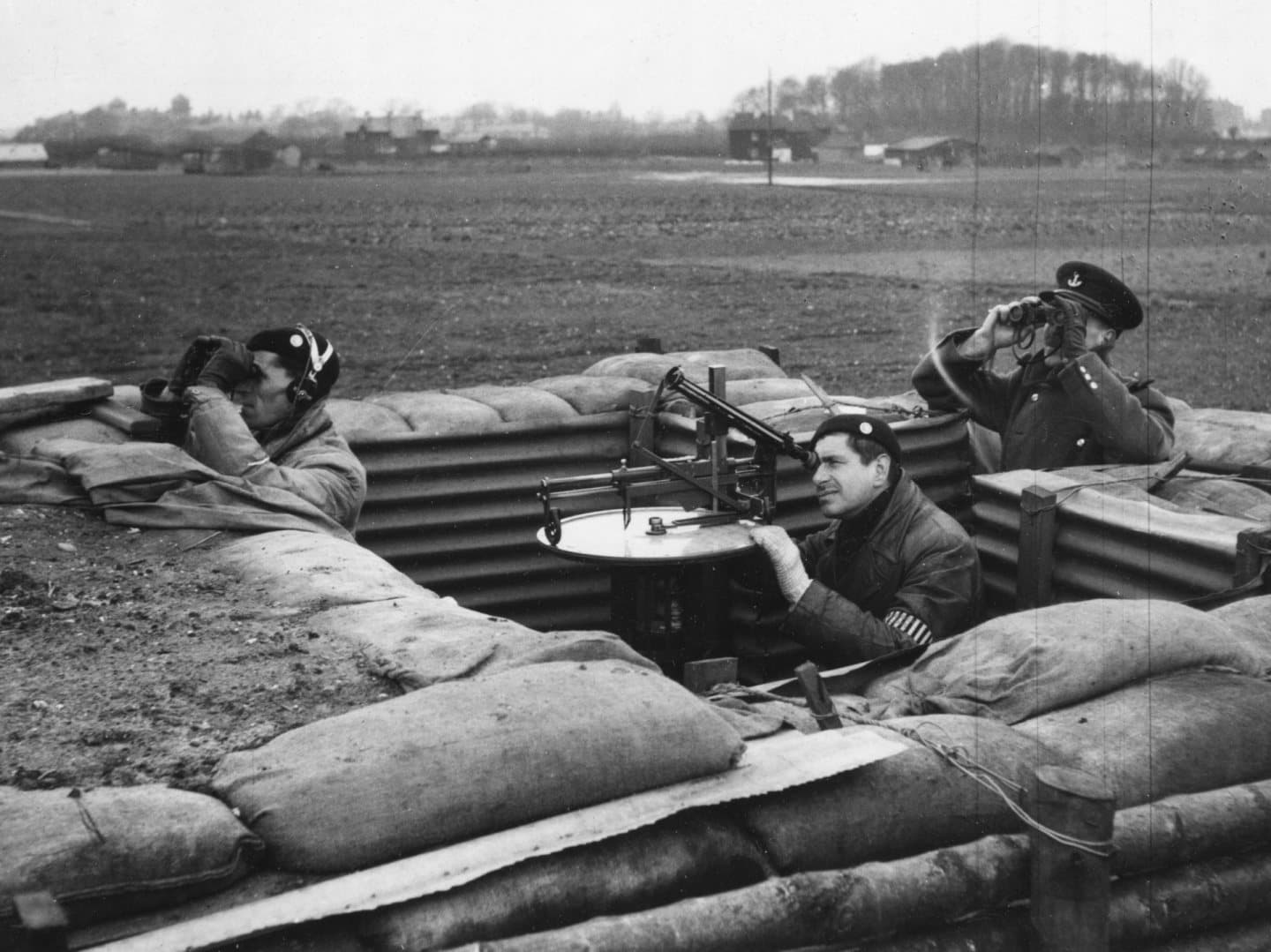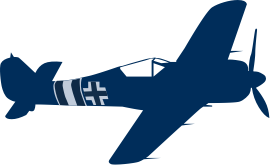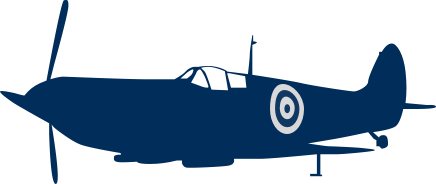For over 100 years the Royal Air Force has defended British skies. In 1940 it experienced its greatest test in the Battle of Britain.
Using science, ingenuity, and support from across the UK and overseas, the RAF defended the UK from Nazi Germany’s air force, the Luftwaffe. It was the first major battle fought entirely in the air, and Nazi Germany’s first major military defeat.
This victory was made possible by the hard work and determination of 'The Many', to the courage and sacrifice of 'The Few' - the 2,945 RAF aircrew who faced the Luftwaffe from July to October 1940.
















